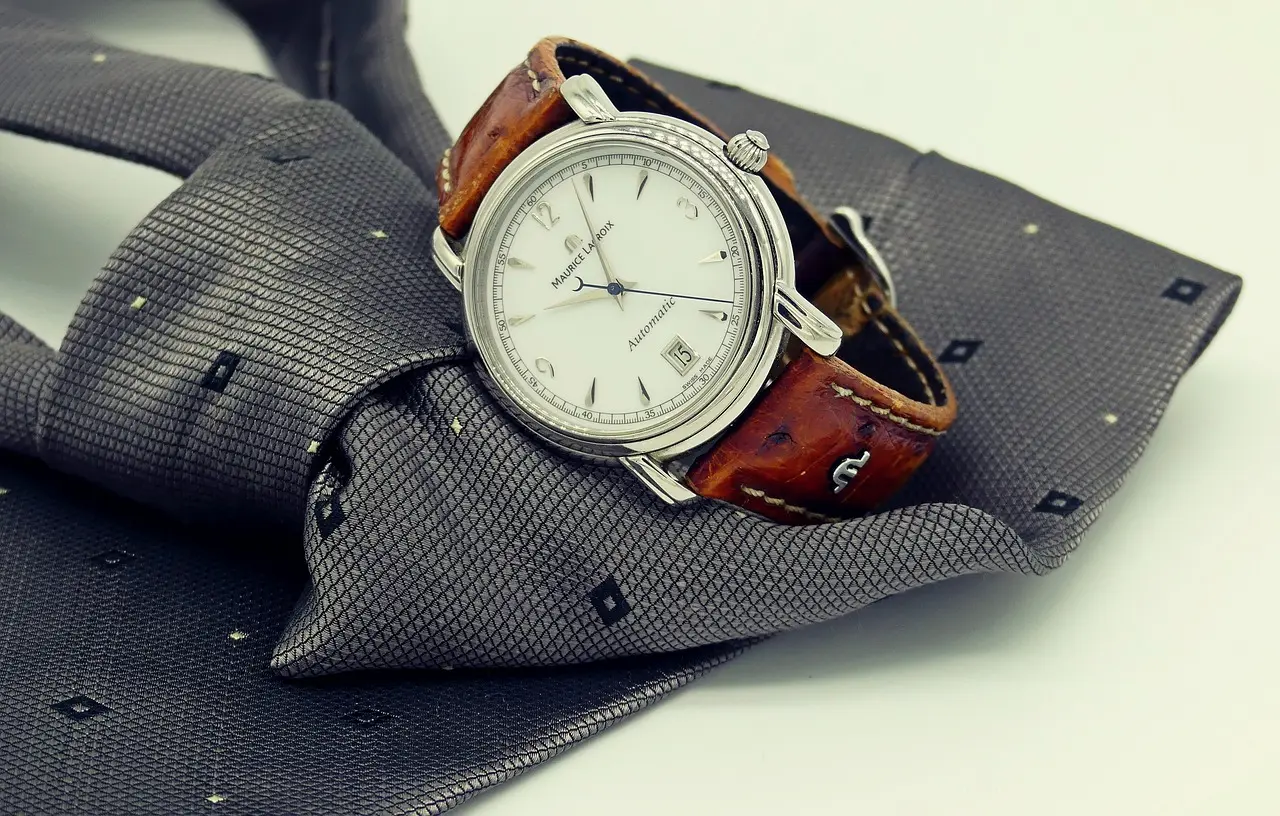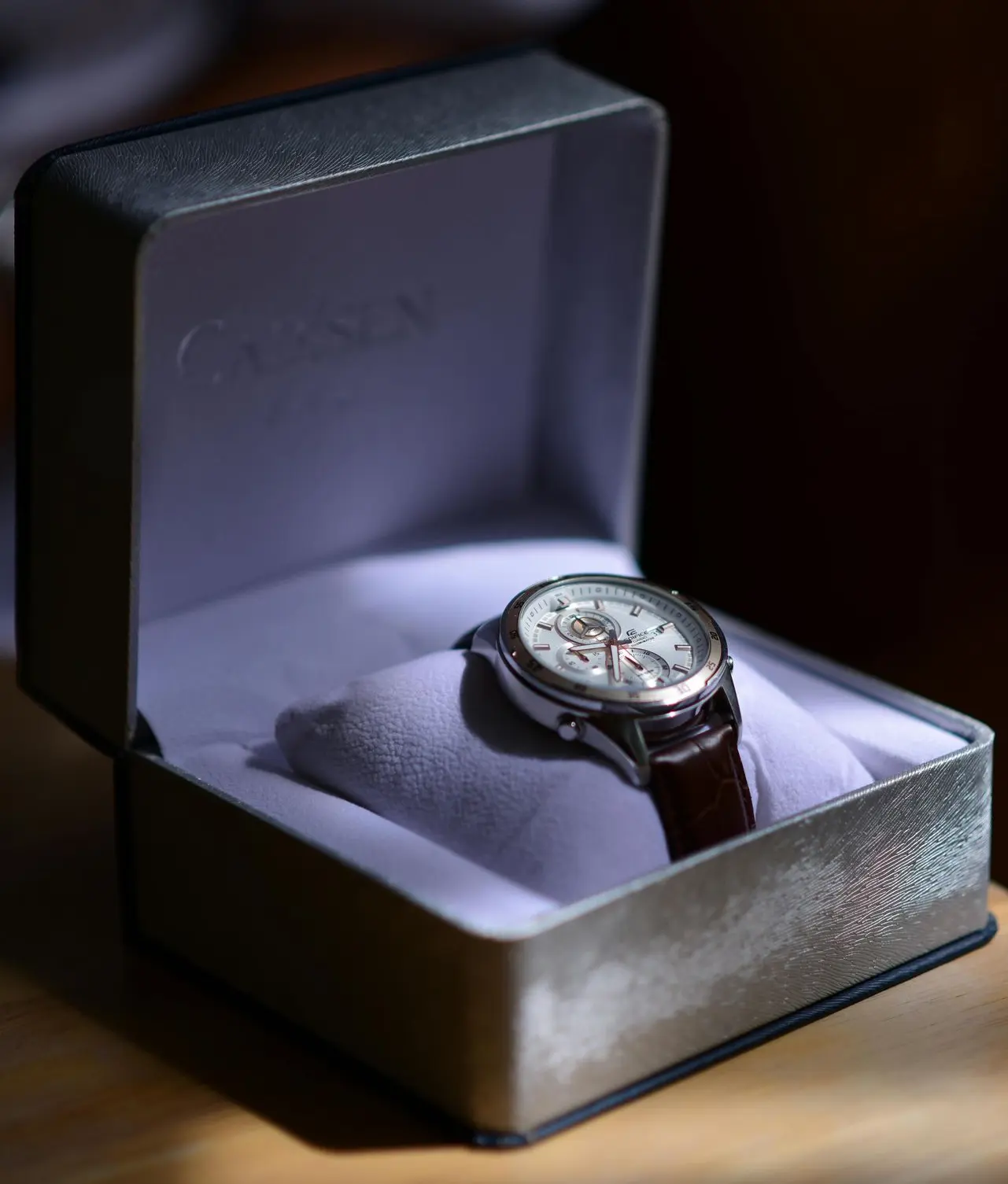The Ultimate Guide to Owning an Automatic Watch Do's, Don'ts, of Owning Watch avoiding impact, and Care Tips. It is a fantastic piece of art that you wear on your wrist. Unlike a quartz watch that uses a battery, an automatic watch runs on the energy created by your movements. This makes owning one an exceptional experience. But it also needs proper care for long-term life. This guide will fully help through the essential do's and don'ts, such as daily care, environmental threats, and the fundamental need for professional servicing.
Understanding the Self-Winding Mechanism
Let's understand how your watch works.
Inside the watch is a semicircular metal weight called
a rotor. When you move your wrist, this rotor spins. This spinning motion winds
the mainspring. It is the power source of the watch. A thoroughly wound spring
will store energy. It then releases this energy to
power the watch for hours or even days. This is why it is called self-winding.
You power the watch for hours or even days.
Key Perks of an Automatic Timepiece
- No battery needed, it is powered by your movement. You don't need to change a dead battery.
- Craftsmanship. All these watches have incredible mechanical detail. It is a tribute to traditional watchmaking.
- Longevity, Well-maintained watches can last for generations. It can become a family heirloom.
- Smooth Sweep, it is smooth Sweep, such as the second hand moves of quartz watches.
Your Daily Automatic Watch Care Routine
Taking care of the watch method is very easy; you follow these steps every day.
1. Water Kept at Bay
Water poses the greatest threat to watches. Always keep it away from water.
- Do know your watch's water resistance rating, such as 30 meters, means it can handle rain and splashes. It does not mean you can swim with it.
- Soap and heat can damage the seals, so, never shower, swim, or steam in your watch unless it is a high-grade diver's watch.
- Don't press the buttons or turn the crown underwater.
2. Cleanliness A simple wipe
Regularly cleaning the watch due to sweat, dust, and dirt can help prevent buildup over time.
- Clean the case and bracelet with a soft cloth and dry them immediately with another soft and clean cloth.
- Don't use any chemicals, soap, or solvents. It is a cause of damage to the finish and harms the seals.
3. Wear it or Wind it
A watch is meant to be worn. If you do not wear it, it will stop.
- Always wear your watch regularly to keep it wound.
- If you have not worn it for a day or two, wind it manually. Tune the crown clockwise 30-40 times until you feel slight resistance. Stop at once when you feel resistance to avoid overwinding the watch.
- Don't shake your watch violently to wind it. It can damage the delicate movement inside the watch.
4. Handling Gentle Care
Treat your watch like the accurate device it is
- Store it in a soft pouch or a watch box when not in use. This prevents scratches on your watch.
- Don't drop it or subject it to strong shocks. A hard impact can misalign
tiny parts inside.

Understanding Environmental Threats
Some dangers to your watch are not easy to see, so in this condition, follow these steps:
Magnetism: The Invisible Foe
Modern life is full of magnets, such as phones, laptops, speakers, and more. A magnetic field can make your watch run very fast, or even stop it.
Temperature: Avoid Extremes
- Extreme heat and cold are causes of harmful effects on your watch
- Keep your watch at room temperature
- Don't extreme heat can damage lubricants, and cold can make seals brittle. Leave it in a hot car or place it right next to an air conditioner.
The importance of Expert servicing
Signs that your watch needs a service
It is losing or gaining a sufficient amount of time each day. It stops running even though you wear it daily and wind it. You hear unusual rattling or grinding noises from inside, and also moisture or fog under the crystal.
Recommended Service Frequency
The best rule of thumb is to service your watch every 5 to 7 years. Make sure all internal parts are cleaned and lubricated and also working properly.
The Services Process and Associated Costs
- Disassemble the entire movement
- Clean all parts using a special solution for the watch.
- Inspect parts for wear and replace them if needed
- Reassemble the movement somehow with resistance
- The cost difference is also an investment that protects a much larger investment.
Final Thoughts
Owning watch is a rewarding journey for every person. It is a connection to a timeless craft. By following these simple do's and don'ts, you ensure your timepiece remains accurate, reliable, and beautiful for years to come. Treat it with care, service it regularly, and it will be a faithful companion on your wrist.
FAQ
Q1. How often should I service my watch?
It is best to service your watch every 5 to 7 years. This keeps the movement clean and neat.
Q2. Can I shower or swim with my watch?
No, you should not unless your watch is made for it. Water with a resistance rating of 100 meters (10ATM) or higher is needed for swimming. Especially soap and heat, which can damage seals. It is safer just to take your watch off.
Q3. Why is my watch running fast all of a sudden?
Your watch might have been near a strong magnet. This is a common problem. A watchmaker can fix it very quickly by demagnetizing it.
Q4. Do I need a watch winder?
A watch winder is not a necessity. If you have multiple automatic watches or a watch with a complicated calendar, a winder keeps them wound and ready to wear. For one or two watches, manually winding them is perfectly fine.
Q5. How much does it cost to service an automatic watch?
The cost depends on the brand and complexity of the watch. A standard service typically starts around $200. For luxury or complicated watches, the price can be $500, $800, or even more.